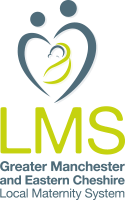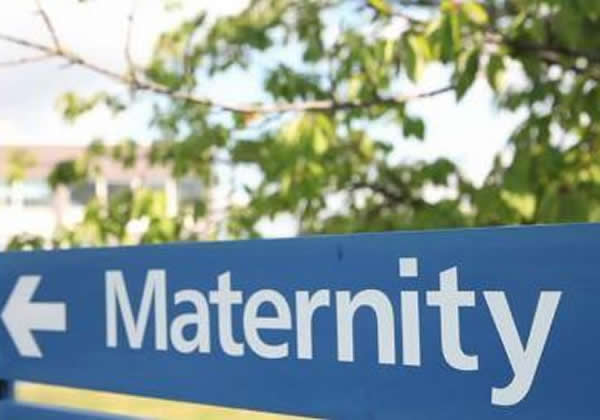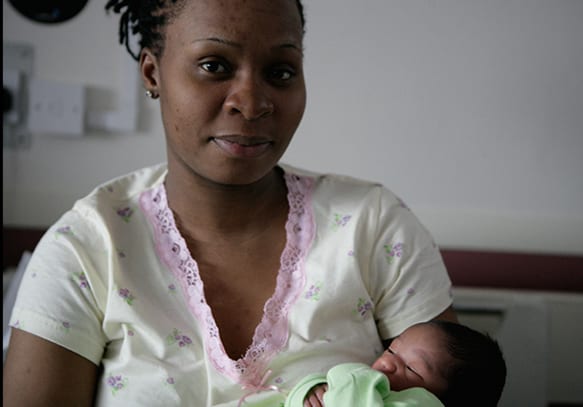Transcript – Braxton Hicks
It is important to know about Braxton Hicks and how they differ from the normal signs and symptoms that indicate that you may be going into labour.
One of the symptoms you may experience towards the end of your pregnancy is Braxton Hicks contractions. They are also known as ‘false’, or ‘practice’ contractions or practice surges’, as they are not true contractions that happen in active labour. Braxton Hicks are a sign that your body is preparing itself for labour and will commonly occur before you experience true contractions, though not everyone will experience Braxton Hicks.
They can begin as early as 20 weeks of pregnancy, however, they are most commonly experienced in the third trimester, after 24 weeks gestation. They can be painless, and you may not even realise they are happening, but they can increase in intensity as pregnancy progresses.
A Braxton Hick contraction or surge is when the muscles of the uterus tighten for approximately 30-60 seconds and might last as long as two minutes, but generally they are irregular and brief. When labour first starts (known as the latent phase of labour), early contractions can often be mistaken for Braxton Hicks, as both appear sporadically. However, unlike labour contractions, Braxton Hicks do not become stronger and longer over a period of time.
Active labour contractions or surges progress in frequency, becoming regular and they last longer and are stronger. They feel like waves that build up to peak intensity and then gradually decrease. Therefore, the key to recognizing labouring contractions is noticing a pattern of increasing length and intensity in your contractions.
Braxton Hicks contractions do not dilate your cervix, but they do help circulate blood to the placenta. You will usually only feel them at the front of your tummy, and they will go away with change of position or activity.
To help ease Braxton Hicks contractions, you can:
- empty your bladder, as a full bladder can stimulate contractions
- change your activity, for example, if you have been moving around a lot, maybe try resting – if lying down, lie on your left side
- go for a walk
- keep hydrated
- have a bath
These contractions are not necessarily a sign that labour is starting, but if you are concerned about pain or how often they are coming, please call your maternity team, especially if you are less than 37 weeks pregnant.
One important thing to remember when you reach the end of your pregnancy and start to notice signs and symptoms of labour, is to think about your baby’s movements. You may hear people say that it is normal for the baby to move less towards the end of pregnancy. This is false as babies continue to move during labour and birth. Your midwife will discuss your baby’s movements with you at your antenatal appointments. You may have noticed a pattern in your baby’s movements, and it is important to recognise what is normal for your baby. If you notice your baby is not moving as they usually would, please contact your midwife or maternity team straight away to get it checked out.






